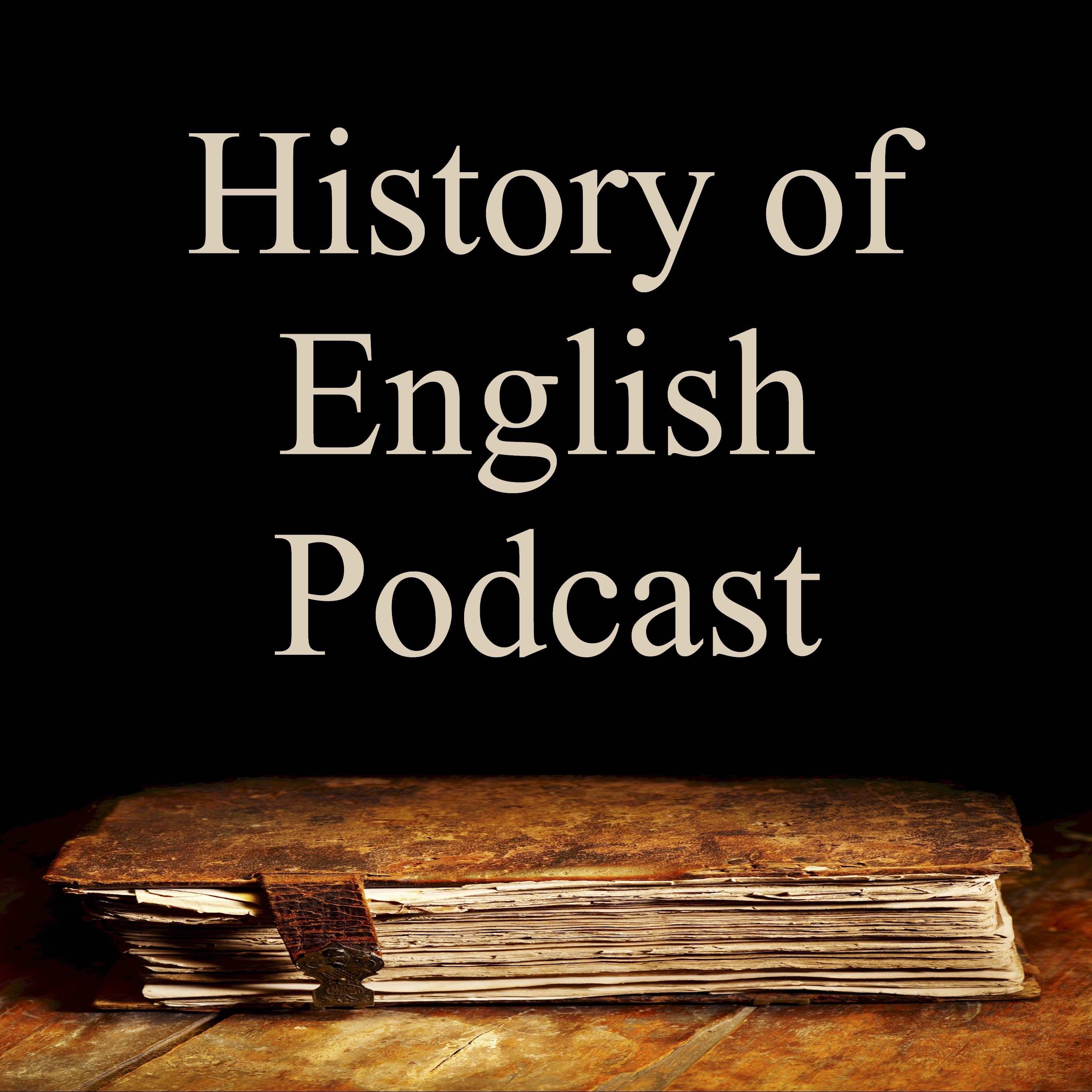Episode 151: Sick to Death
During the reign of Henry VIII, medical books and herbals proved to be some of the most popular publications in England. The people of England wanted medical books that they could read in the own language. The largely unregulated medical marketplace meant that people often had to find a way to treat diseases on their own. In this episode, we explore the nature and terminology of disease in early Tudor England, and we examine the many illnesses that plagued the people of England, including Henry VIII and his family. We also examine how the diagnosis and treatment of disease took the first steps toward a modern scientific approach during this period.
TRANSCRIPT: EPISODE 151
TRANSCRIPT: EPISODE 151
Press play and read along
Transcript
Transcript is processing—check back soon.
The History of English Podcast — Episode 151: Sick to Death
